Aiming to make easy one of boating’s most stressful maneuvers, Volvo Penta self-docking system is an
advanced solution, targeted for launch in 2020.
Just some weeks after announcing a hybrid propulsion, the Gothenburg stopover of the Volvo Ocean Race was the scene for the unveiling by Volvo Penta of one pretty disruptive
system in modern boating: Volvo Penta self-docking system. In a live demonstration, a 68 ft yacht
fitted with the technology maneuvered itself into the tight space between two VOR 65 racing yachts.
The unveiling of the self-docking yacht technology is part of Volvo Penta’s ongoing ‘Easy Boating’
philosophy to make boating simple, enjoyable and accessible to more people.
The initial focus for Volvo Penta
self-docking system will be
individuals who can install the
system on their own private docks
The responsiveness of the Volvo Penta IPS system, coupled with sensors and advanced navigation processing
power, will help not only in getting the boat into the slip but also to securely take-off from the dock
in an automated fashion.
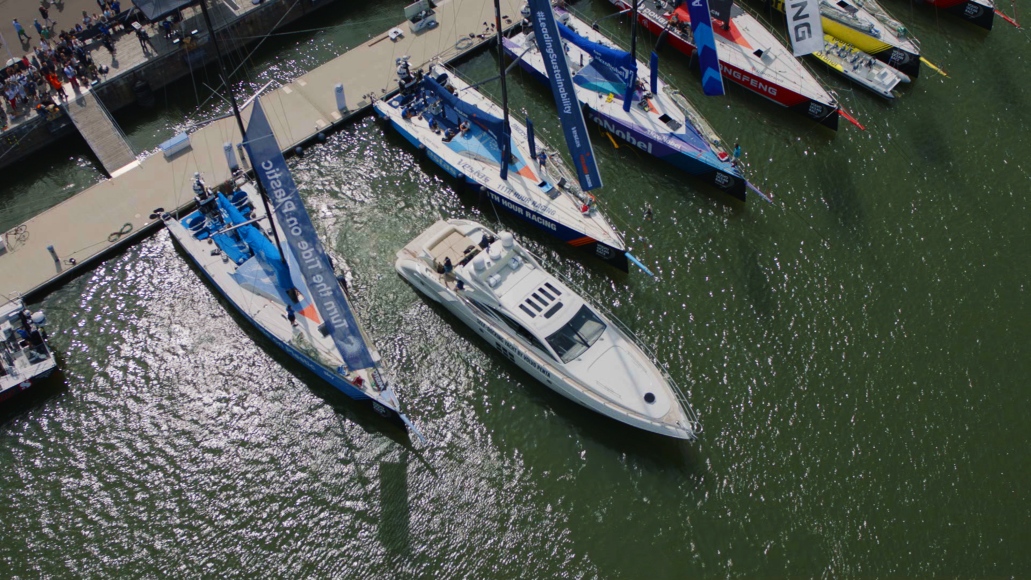
Prototypes of Volvo Penta self-docking technology are currently undergoing development trials. The
automated docking capability comes due to the onboard electronic vessel control system (EVC), which
computes steering and drive calculations in relation to the boat’s actual position and four sensors sited
on the intended berth.
How it works
Automating the docking process involves three distinct phases. Firstly, as the boat nears its berth, the
system recognizes that it has entered a ‘catch zone’ and sends out a signal to the captain that it is
ready to dock. Once the captain has activated the self-docking function, the boat is then automatically
moved into a ‘docking ready’ position with the help of the GPS. Once the captain has initiated the final
stage, the system uses a combination of GPS and sensors, both those fitted onboard and additional sensors
fitted to the destination dock to automatically move the boat into a safe berth.
Sensors on the berth help guide the yacht safely into its docking position.
Another important feature of the forthcoming system, in order to incentivate diffusion, is that a
retrofit version of the function is also planned, something that would make an attractive upgrade to
thousands of boat owners.
The initial focus for Volvo Penta’s self-docking system will be individuals who can install the system on
their own private docks. In the longer term, the technology could be of considerable interest to harbors and
marinas, allowing IPS-equipped boats fitted with the system to dock in safety and accuracy. An additional
future scenario for the self-docking system is that it could be integrated with Volvo Penta’s Easy
Connect application: the app could allow users to check if the nearest marina is equipped with the
appropriate self-docking technology – or even perhaps use it to secure a parking space.

Dock sensor
Let’s always keep in mind, though, that Volvo Penta’s docking system is not designed to be fully
autonomous. While the system will feature additional surround sensors that provide anti-collision alert
and avoidance, the captain needs to remain at the helm during the docking process, ready to intervene if
necessary.
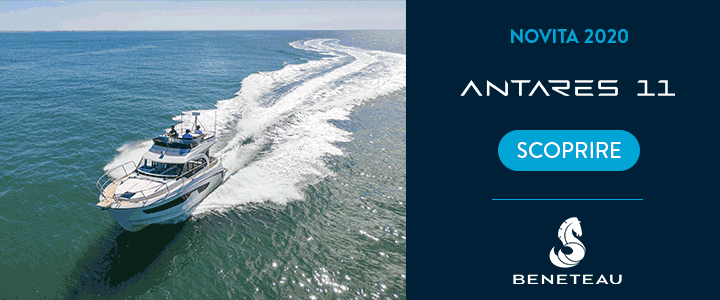

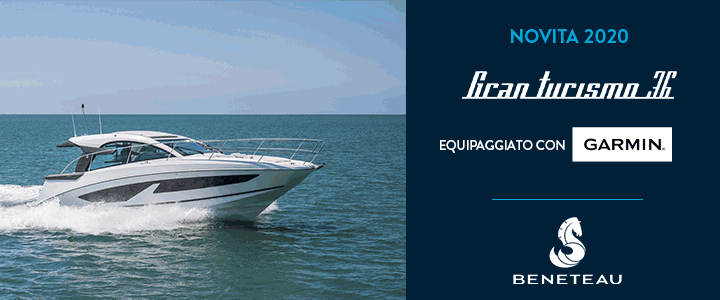
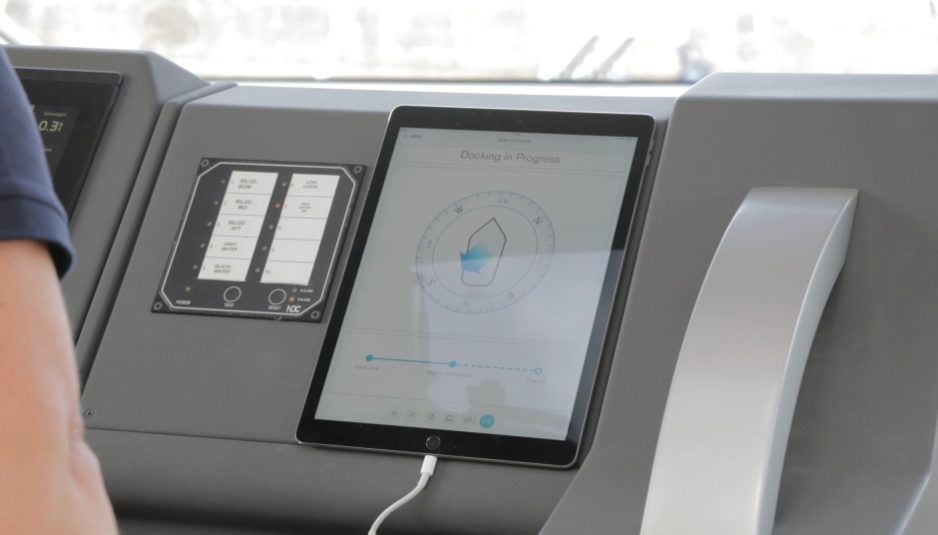


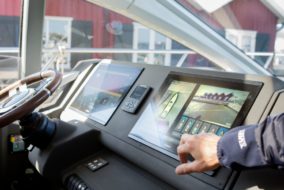
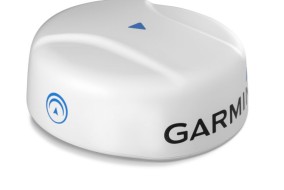

Follow Us
1251 Fans